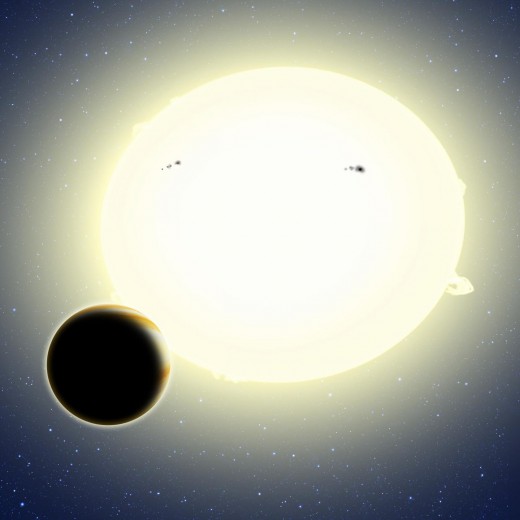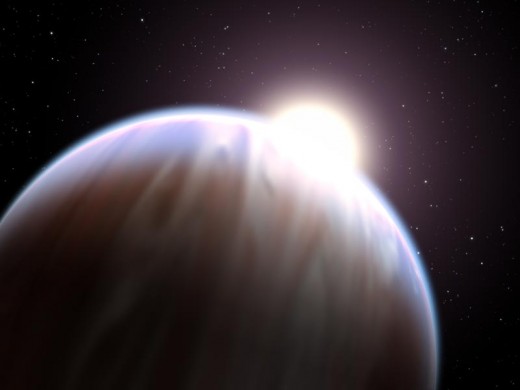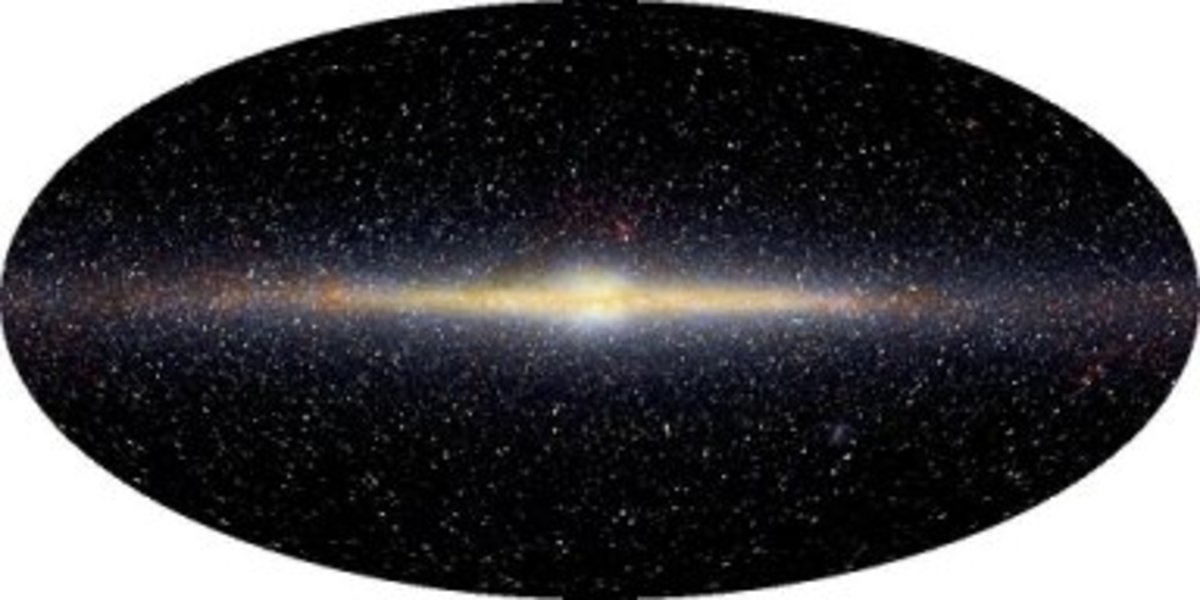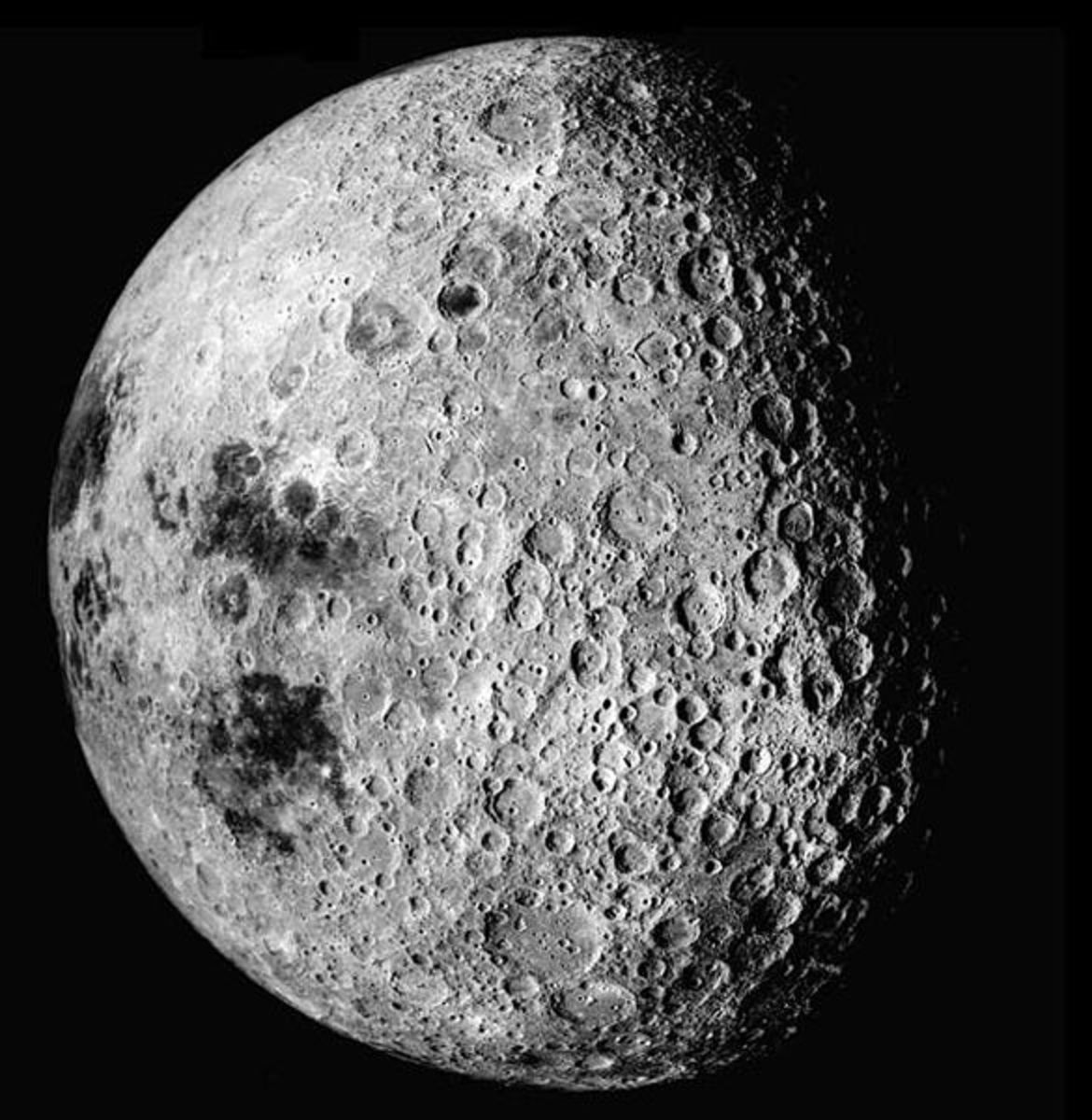Is There Extraterrestrial Life Out There?

Is There Alien Life?
This question has been in our minds for a long time, now. TV shows, movies, and books have tried to answer that question for decades and now we might finally learn the truth. A grassroots movement called the SETI League, Inc. has set out to answer this question once and for all.

Is It Possible?
Logic says yes, considering how big the universe is and how many galaxy made up of solar systems there are. It would be arrogant of us to think we are the only planet with life. But so far, there is very little clear-cut evidence to suggest alien life. However, the possibility is there. The Kepler Space Probe has discovered a myriad that exist in the habitable zone in their solar system.
Planets that are habitable for life, like Earth, are called Goldilocks planets. While we are the only Goldilocks planet in our solar system, there are nearly 2,000 exoplanets that we now know of. Recently, SETI used a radio-telescope array to try to detect radio signals from the Kepler space probe's most recent find, HIP 116454b. They came up empty-handed. HIP 116454b is by no means a Goldilocks planet with its near proximity to its star.Even though Kepler's recent find was a long shot, SETI pointed out that just because it would be unlikely for life as we know it to exist on this planet doesn't mean we should just ignore it because the harsh conditions life can withstand is often surprising.
Do you thinks extraterrestrial life exists?
Life Can Exist In Extreme Conditions
What we think of as habitable can often be very limited. Even life on Earth can exist and even thrive in harsh conditions. In Utah's Moab Desert, the ground is as dry and barren as it comes, but its biological crust hosts ecosystems even more intricate and diverse than the animals in the Amazon.
Bacteria, lichen, fungi, mosses, and liverworts all live in the biological crust, forming ecosystems and living peaceably while living to get the nutrients they all need.
Simple lifeforms like the ones stated above need the following chemicals to survive: carbon, hydrogen, nitrogen, phosphorus, and sulfur. Carbon and nitrogen are both extremely scarce in the Moab Desert from lack of vegetation, but still life can hunt it out and survive. Certain types of bacteria have developed a whip-like tail to let it move quickly to find nutrients and then when it finds area with carbon and nitrogen, it produces a bio-film that latches it in place so it can consume the nutrients. So if it is possible for these life-forms to thrive, then it is possible for extra-terrestrial life to be out there, even if the conditions of the planet seem uninhabitable to us.

Learning About Exoplanets
Today, scientists are starting to identify different features on exoplanets by first looking at what the Earth and other planets in out solar system would look like from several light years away. By doing this they will better be able to discern features on exoplanets.
So far we know that a few of the known planets have gases like carbon dioxide and water vapor from signatures imprinted onto the light that travels to us. However, because the majority of the imaging of exoplanets comes from indirect imaging (the image reaches us from the light of the planet's star), the knowledge we can learn is limited. Not even two dozen planets have been captured by direct imaging, though, even though direct imaging can help us make out features on small and rocky planets. Unfortunately, our technology is too limited in the present to efficiently take direct images. But that might change in the near future. Many of the tools we would need for direct imaging are in the works, and hopefully will be out by 2018.
Were There Ever Any Martians?
Although it is very unlikely for life on Mars to be existing right now, there is a possibility some sort of life had existed on Mars.
Mars now has water stored in ice caps that are solid frozen and are not melting anytime soon. But that water used to form lakes and rivers all over Mars. Other needs for life also existed in ancient Mars, like an atmosphere to protect the surface from ultraviolet radiation and a magnetic field to control ionizing radiation. Mars used to have all of these key characteristics for life. But did it have it at the same time? Scientists are still trying to figure that out. All of the conditions needed for life need to happen simultaneously for life to have existed. Most likely, though, any life that existed on Mars were not little green men. Instead, it was probably micro life, like bacteria and other life too small to see with the naked eye.
They Might Be Too Far Away
There is a good possibility that extraterrestrial intelligence is simply too far away. The Milky Way galaxy is about 100,000 light years long, with light traveling at 186,000 per second. Even traveling at the speed of light, it would take four years for a signal from Earth to reach our neighboring solar system, Alpha Centuri. Also, even if there are other civilizations out there, the likelihood of them being aware of us or having contact with each other is very slim because of the vast distances. So who know? They might be out there, somewhere. With the developments being made by SETI for direct imaging and giving out radio signals, then maybe we'll get some answers within our lifetimes.
Sources
The SETI League. http://www.setileague.org/index.html
Ian O'Neil. Discovery News. Discovery Channel. Jan 7, 2015. Web. Jan 18 2015.
Adam Hadhazy. Space. com. Astrobiology Magazine. Jan 13, 2015. Web. Jan 18 2015.
Mike Wall. Space.com. Dec 11 2014. Web. Jan 19, 2015.
Irene Klotz. Discovery News. Oct 2 2014. Web. Jan 19, 2015.








